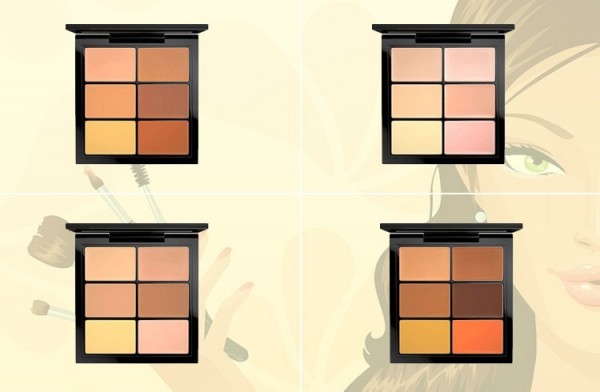

Because of last minute schedule changes, I had to shoot numerous bits of Snoop Dogg in just one setup, even though they took place in a multitude of settings. Here’s a straight forward example of this technique from a shoot I was DP on. Of course, this technique will only be useful for certain shots, depending on the lighting and blocking. Another great thing about this technique is that you not only can control the hue and saturation of the fill color, but also the luminance of the fill, and quite easily at that. This technique is more for cases where you have to use one setup for several varied backgrounds.įor example, you can use a saturated magenta for the fill, and then use the secondary color correction in Color Finesse to tweak just the saturated magenta to appear bluish if they’re supposed to be standing on the belly of a giant, naked sleeping smurf or whatever. Though keep in mind that it’s always better to just use a colored fill light that matches your particular background plate.In post, isolate that particular color and then tweak it to match the hue of whatever the natural bounce light would be in whatever environment you’re compositing them into.Make the fill light a saturated color (that’s different from the screen and the subject’s clothes etc, duh).Here’s a useful technique that I came up with for shooting certain kinds of greenscreen stuff… For more information about ZED and any future events see here (opens in new tab).Color-saturated fill light for a better composite This content was produced in collaboration with HP & Intel as part of ZED (opens in new tab) - a Pop-Up Studio for the Creative Community held in Soho, London.

He has written books on 3D, and produced the 3DNY Seminars for Apple and Alias. Lance Evans is creative director of Graphlink Media (opens in new tab). Vectorscope in AE video by Andrew Devis.Secondary Color Correction video by Andrew Devis.Primary Color Correction video by Andrew Devis.Color grading in layers in Adobe Premiere Pro, After Effects or Speedgrade (opens in new tab).Color grading in passes (opens in new tab).How cinematic color grading is actually done.

#Color finesse for color correction pro
We are told that ProRes 422 round-trips from Final Cut Pro to After Effects and back again with few problems. Since most editing work is done in programs like Adobe Premiere or Apple's Final Cut Pro, you will need to bring your content from those programs over to After Effects, and often, back again.Īdobe's suite of tools makes this relatively easy with its application linking. The trick is to find what native tools best suit your needs. Working in After Effectsīut don't reach for your wallet just yet, as doing all your colour correction and colour grading work inside After Effects using native tools is totally doable, and still very versatile. This is whey many colourists and colour graders prefer working with enhancements to After Effects, using plugins like Colorista and Magic Bullet Looks, both of which help to streamline the process while continuing to work in After Effects. More likely a dedicated desktop solution can suite most heavy-duty needs, sytems like Adobe's new SpeedGrade program (part of the Creative Suite), or Apple's Color (alas, now discontinued along with Shake and other Apple solutions).īut not everyone's needs are that lofty, and production workflow can often be enhanced by keeping your work in fewer applications. If you do a great deal of this kind of work, especially grading work, then you are best served with a dedicated application, maybe a high-end system like Da Vinci’s Resolve.


 0 kommentar(er)
0 kommentar(er)
